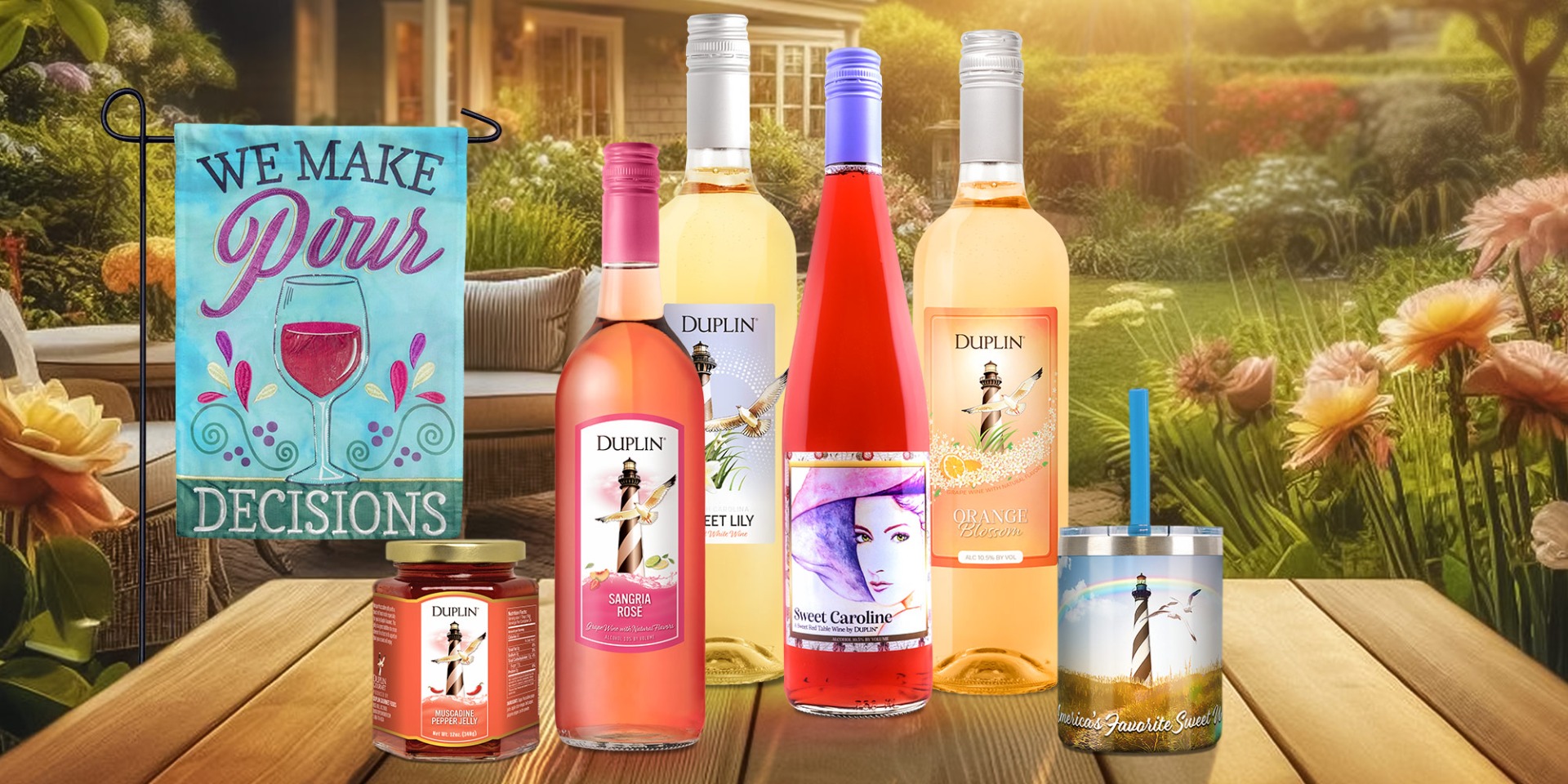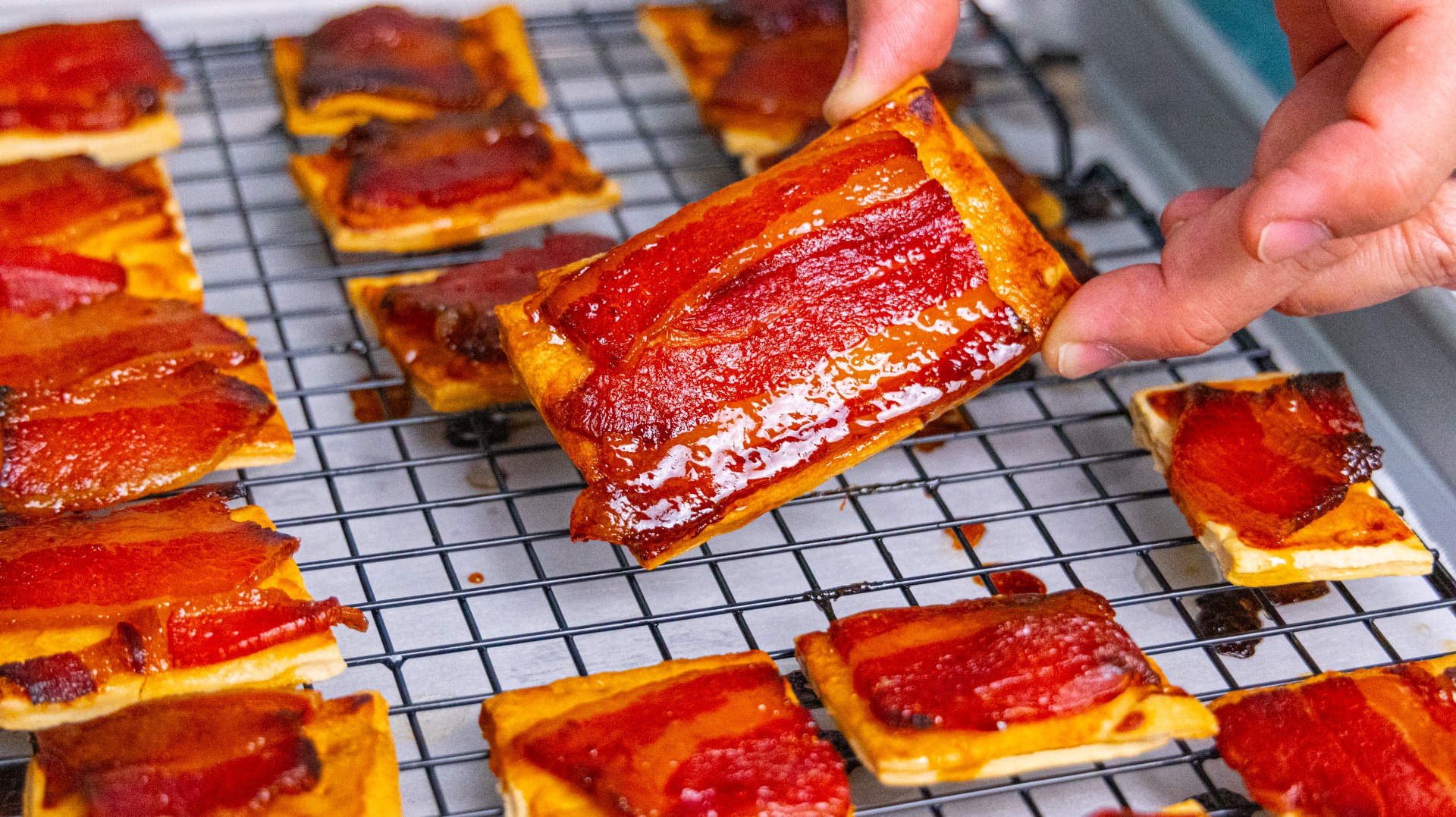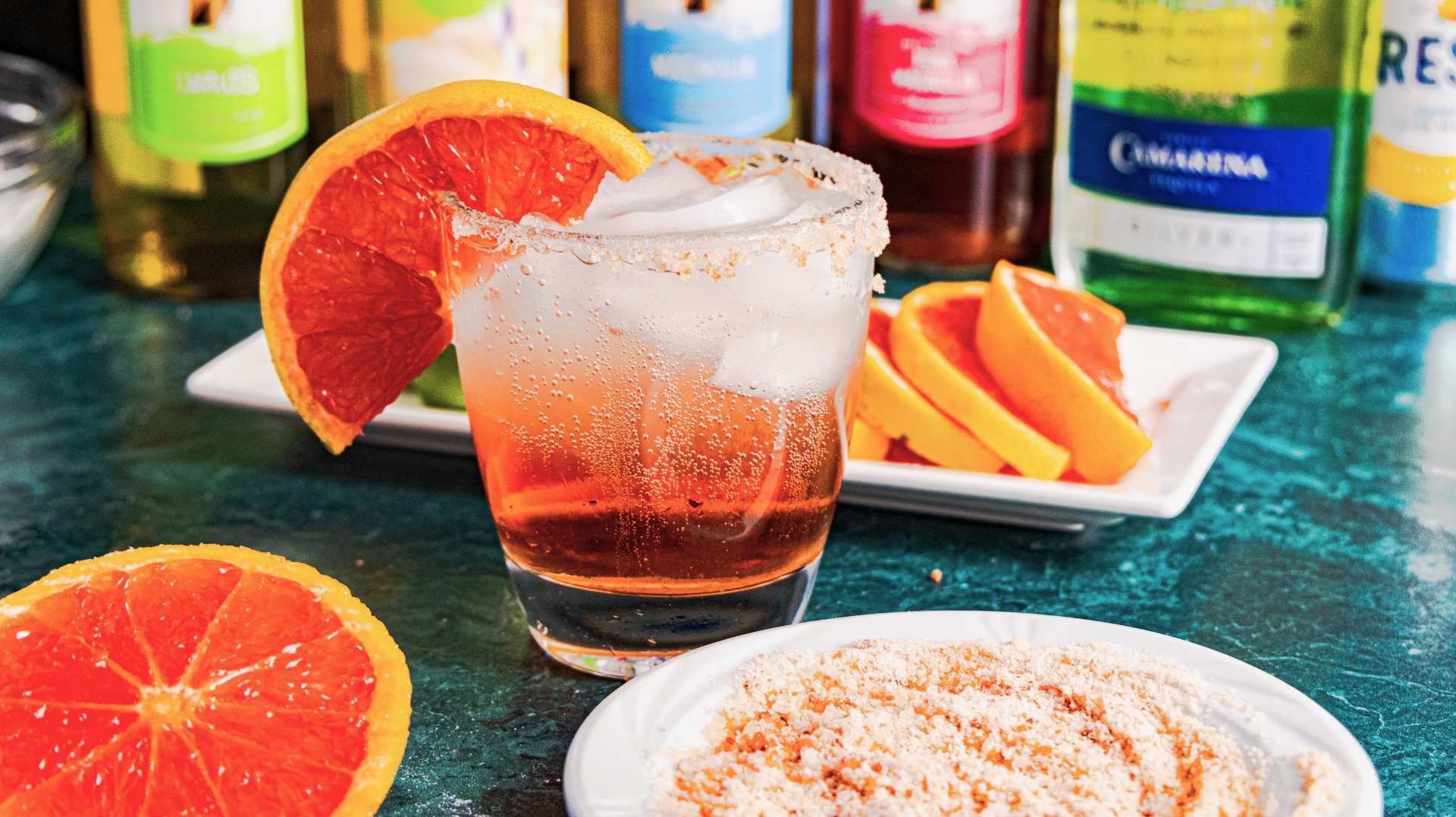5 best wines for a mini at-home wine tasting
When you want fun things to do with your closest friends, nothing beats an at-home wine tasting full of easy-drinking vino that offers something for everyone.
Small groups are perfect for these get-togethers. Comparing notes is easier, and everyone has more time to socialize. Best of all, you don't have to be a wine connoisseur. We've selected five of Summer's Best wines for the easiest meetup you'll ever host.
Summertime Strut is a light refreshing white. Sangria White is ready to drink, no fruit or recipe required. Pelican Red is mid-sweet with a smooth floral finish while Carolina Red serves a burst of velvety sweetness. Toast your crew with sparkling Sweet Rosé, full of fruity aromas that tickle the nose.
After the "formal" tasting, use any of these wines to try some blends, maybe a splash of Summertime Strut in a glass of Carolina Red. Set out a platter or fresh fruit to drop into Sangri White. Freeze the fruit ahead of time to create fruit "ice cubes."
The Summer's Best Wine Tasting kit includes a score card you can use to keep notes and rate the wines. If you're hosting a group, fellow tasters can download score cards right onto their mobile devices or you can print out extra copies for them via the link below. You also get Duplin Gourmet crackers, Muscadine Pineapple Habanero Salsa and a recipe for the famous cheese dip served in Duplin tasting rooms.
If you've already purchased the kit, get your tasting started now with the video above. Follow along as top Duplin bartender, Frank, guides you through each wine. Scroll down this blog post to find more tasting notes.
How to taste wine like a Duplin pro
See. Swirl. Sniff. Sip. Savor. Use this 5-step system for each wine on the Summer's Best Tasting Sheet included in your kit. Here's how.
See: First, hold a wine up to a light and look at the color. It will allude to the variety of grape used and what the wine will taste like. Is it Scuppernong? Nobel? Carlos? Another? Color also indicates flavor. A bright, saturated hue often means more intense flavor. See if you can guess the grape and flavor before you sip.
Swirl: Consider the wine's body next. Swirl the wine in your glass to determine if it is light or heavy. You're looking for the viscous streaks running down the side of the glass after you swirl. They're called "legs." Sweeter wines will leave streaks cling or move slowly. That means a heavier body.
Sniff: After you swirl, really dip your nose into the glass and inhale the aroma, what wine pros call the "bouquet" or "nose." Pausing to experience the bouquet heightens your senses and anticipation of the first sip. Think about what you are smelling. Is it fruity? What kind of fruit? Berries? Ripe banana? Musky honeydew melon? Pure grape? Are you getting floral notes like honeysuckle or gardenia? See if you pick up unexpected smells like pine or fall leaves. Describe the bouquet and discuss it.
Sip: Take a sip slightly larger than normal and hold the wine in your mouth for 3-5 seconds. Let the wine coat the tongue and the inside of your mouth. Wine releases more flavors as it warms on your taste buds. Before swallowing, purse your lips and breathe in gently, allowing the air to travel across the wine in your mouth to get the full flavor profile.
Do the flavors you're experiencing match the wine's nose? When and where are you tasting those flavors? Are you getting, say, banana bread on the first sip and then astringency or acidity at the end, which is called "the finish." Where do flavors hit you? On the tongue? On the side of your mouth.
Think back to the wine's body. Compare the texture of different wines, how they feel in your mouth. Light as water or heavier, like the texture of sweet iced tea? If you're sampling a sparkling wine, do the bubbles feel fine or medium in size. Compare your experience to the wine's description and see if it matches.
Savor: As you continue sipping, note how the sensation is slightly different from what you experienced when the wine was resting in your mouth on the first sip. This is the point when you taste and feel the wine's finish. As you continue tasting, note how the wine pairs with the Duplin Gourmet crackers and Muscadine Pineapple Habenero dip. See which wine you like best with those snacks and others you may be enjoying during your at-home or virtual tasting. Cheers!
Now, let's begin our wine tasting!


Summertime Strut
Refreshing, Summertime Strut is Duplin's driest white wine.
This special blend of Carlos and Doreen muscadine grapes make a light-bodied, fruity wine with a crisp finish.
The label features art of the Sanderling Sandpiper, a coastal bird that inhabits the beaches of North and South Carolina during winter months.


Sangria White
Sangria White combines a splash of sweet citrus, peach and mango with delicious Southern-grown grapes. It's scrumptious on its own over ice or with your favorite fruits.
Released in 2015, Sangria White is a partner to Sangria Red. Fans love to blend Sangria White and Sangria Red to make a blush which has been dubbed "God Bless America. The combination tastes so good that in 2019, Duplin released Sangria Rosé.


Pelican Red
Pelican Red combines mid-harvest muscadines with Pink Catawba grapes. Catawbas are a cross between Vitis Labrusca and the European cultivar Semillon. Native to France, Semillon is a golden, thin-skinned grape used in sweet and dry wines. Historians aren’t sure who first crossed these two grapes, but early vines were said to have grown on a so-called “Rose Hill property” in Maryland.
With just 7% sugar, Pelican Red is mid-sweet with a smooth floral finish.


Carolina Red
Enjoy a burst of flavor on your palate with this sweet red wine that has a clean finish. Carolina Red is made from late-harvest muscadine grapes.
Velvety sweet with a clean finish, Carolina Red was the first sweet red wine Duplin released. It is often compared to Duplin Hatteras Red, but the finish is different due to the varied soils in different vineyards. Hatteras Red has a kick at the end; Carolina Red is smooth.


Sweet Rosé
Sweet Rosé is incredibly refreshing with a delightfully crisp flavor. This blush enlivens your senses with its vibrant and fruity aroma. Each sip is one to be relished and shared with good company.
Muscadine grapes for this wine are pressed, cool-fermented, cold treated, blended, filtered and tested before the wine is carbonated.






